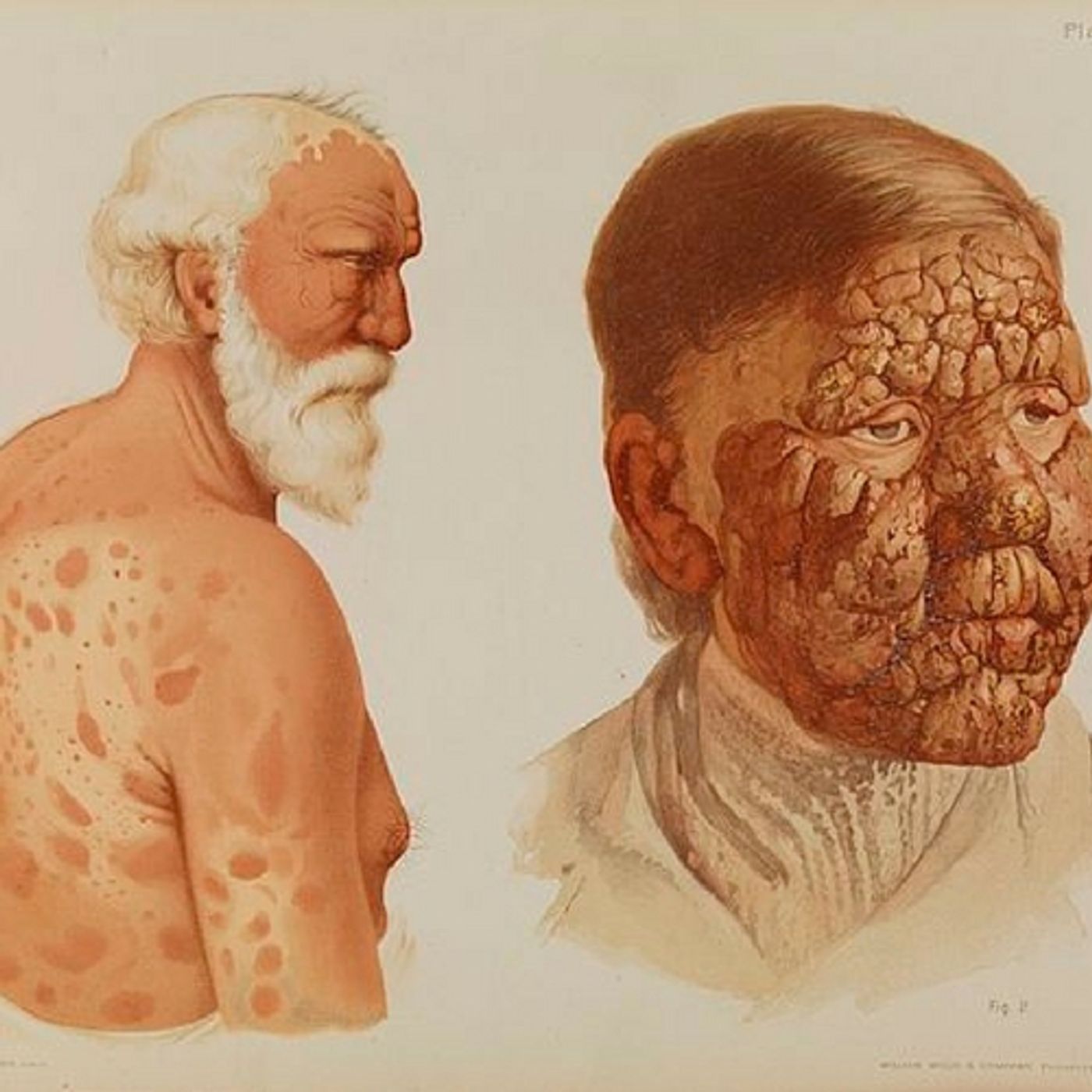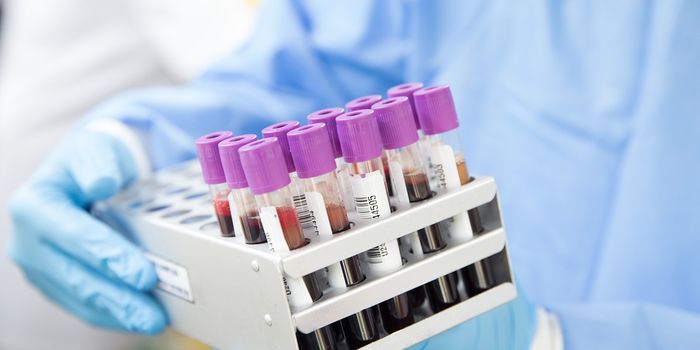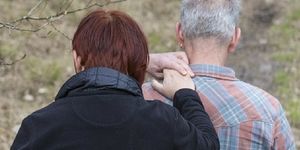Budget Cuts Mean Less Research and Care for Leprosy Patients
Leprosy isn't a disease that most people encounter. It's quite rare in the US, and there aren't many healthcare providers that are experienced in treating it. Leprosy, which is officially known as Hansen's disease, affects about 3300 people in the US. It's caused by a bacterium called Mycobacterium leprae.
While antibiotics can cure the infection, it's not an easy disease to spot in the early stages. Once it progresses, there are hallmark signs of the disease which can include clawed hands, collapsed facial features, blindness, and paralysis. However, it's much more difficult to treat when it gets that far.
Recently, a budget cut to the program that oversees care for patients with leprosy resulted in the closure of 6 out of 16 clinics across the country that treat patients who have it. In the United States, it's believed that people acquire leprosy from armadillos, the hard-shelled mammals that are common in warmer southern states. Armadillos naturally carry Mycobacterium leprae, and if humans come into contact with the urine and feces of the animals, the disease can be transmitted.
Under the Health Resources and Services Administration (HRSA), the National Hansen's Disease Program operated 16 clinics in the United States and Puerto Rico. Initially cuts to the program would have slashed the budget from $15.2 million to $11.7 million, a 23% cut. Knowing the budget would be reduced the HRSA closed six of the clinics that treat leprosy. New budget figures have come out that will now only cut the budget by 10%, but it's still a significant hit to a program that treats such a devastating disease.
About 200 new cases of Hansen's disease are diagnosed each year in the United States. It's not entirely clear how it's transmitted from person to person, but it's believed that airborne droplets that are shed when an infected person coughs or sneezes can spread the disease. Regular contact with an infected person will also cause the illness to develop so caretakers must be very cautious and use universal precautions. While clinics for Hansen's disease remain open in California, New York, Texas and Florida, health experts fear that leaves too much of the country without any access to care or research. There is only one lab in the world with a colony of Hansen infected armadillos, and the budget cuts to the program could cause that lab to lose funding or perhaps have to close. Since experts don't fully understand how the disease migrates, losing this lab would essentially end any further research.
In an interview with Science Magazine, Richard Truman, a microbiologist who headed the research branch of the national program until last year explained, "It can be expensive to treat patients who are not well managed, and it can be very harmful to them. You have to have some sort of brain trust or cohort of individuals who can translate new technology into the field, or you're going to go back to 1980s."
Globally, there are about 200,000 patients with leprosy, most of them in Brazil and India. The video below talks more about the disease and some of the misconceptions that surround it. While cases are rare, the budget cuts threaten crucial research into the mechanism of the disease. The video below talks about what we know about leprosy and what we still don't understand.
Sources: Science Magazine, CDC, Phys.org









